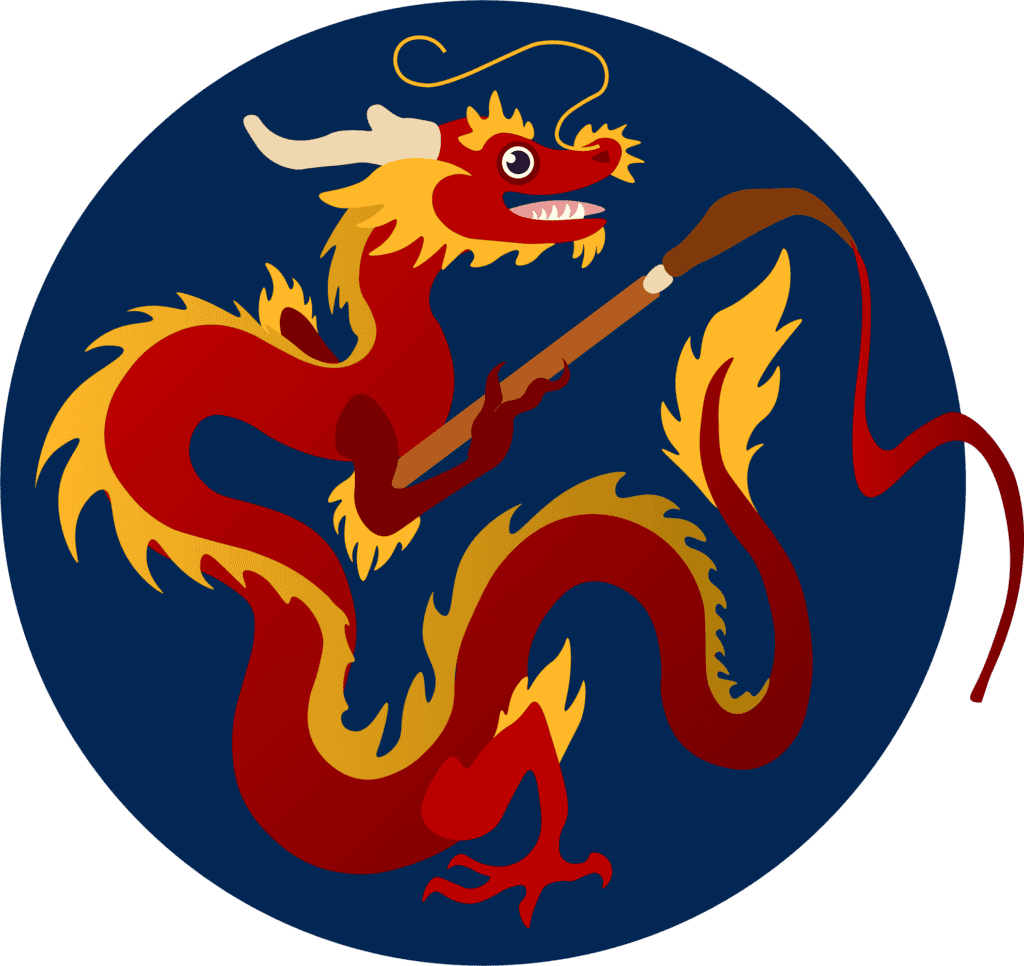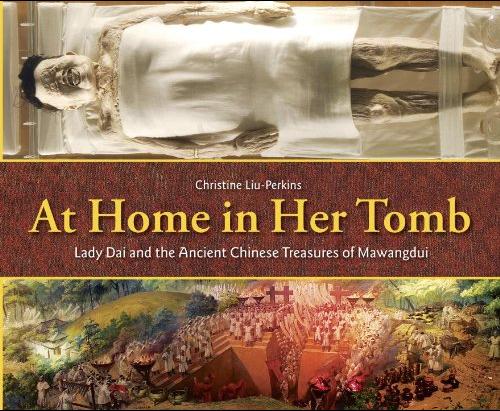Primary Source Documents
The following books and websites contain primary source documents of the Qin and Han dynasties, translated into English:
Asia for Educators website. “Primary Sources with DBQs: China“
Barbieri-Low, Anthony and Robin D.S. Yates. Law, State, and Society in Early Imperial China: A Study with Critical Edition and Translation of the Legal Texts from Zhangjiashan Tomb No. 247 (2 vols.). Leiden: Brill, 2015.
Birrell, Anne. Popular Songs and Ballads of Han China. Honolulu: University of Hawai’i Press, 1993.
Bodde, Derk. China’s First Unifier: A Study of the Ch’in Dynasty as seen in the Life of Li Ssu. Hong Kong: Hong Kong University Press, 1967.
Chang, Leo S. and Yu Feng. The Four Political Treatises of the Yellow Emperor: Original Mawangdui Texts With Complete English Translations and an Introduction. Honolulu: University of Hawai’i Press, 1998.
China Mirror website. “Case 5: Popular Belief in Ancient China“
Ch’ü, T’ung-tsu. “Part Two: Documents of Han Social Structure,” in Han Social Structure, edited by Jack L. Dull, pp. 251-506. Seattle: University of Washington Press, 1972.
Csikszentmihalyi, Mark, ed. and trans. Readings in Han Chinese Thought. Indianapolis: Hackett, 2006.
DeBary, Wm. Theodore and Irene Bloom. Sources of Chinese Tradition. Volume One: From Earliest Times to 1600, 2nd ed. New York: Columbia University Press, 1999.
Durrant, Stephen, Wai-yee Li, Michael Nylan, and Hans van Ess. The Letter to Ren An and Sima Qian’s Legacy. Seattle: University of Washington Press, 2018.
Duyvendak, J. J. L., ed. and trans. The Book of Lord Shang: A Classic of the Chinese School of Law. Clark, NJ: The Lawbook Exchange, 2003.
Ebrey, Patricia Buckley, ed. “II. The Qin and Han Dynasties” in Chinese Civilization: A Sourcebook, pp. 47-85. New York: The Free Press, 1993.
Fuller, Michael A. An Introduction to Chinese Poetry: From the Canon of Poetry to the Lyrics of the Song Dynasty. Cambridge, MA: Harvard University Asia Center, 2018.
Goldin, Paul R. and Elisa Levi Sabattini. Lu Jia’s New Discourses: A Political Manifesto from the Early Han Dynasty. Leiden: Brill, 2020.
Hardy, Grant, and Anne Behnke Kinney. “Primary Documents of Early China” in The Establishment of the Han Empire and Imperial China, pp. 125-151. Westport, CT: Greenwood Press, 2005.
Harper, Donald J. Early Chinese Medical Literature: The Mawangdui Medical Manuscripts. London: Kegan Paul International, 1998.
Henricks, Robert G. Lao-Tzu: Te-Tao Ching: A New Translation Based on the Recently Discovered Ma-Wang-Tui Texts. New York: Ballantine Books, 1989.
Hsu, Cho-yun. “Part Two: Documents of Han Agriculture,” in Han Agriculture: The Formation of Early Chinese Agrarian Economy (206 B.C.-A.D. 220), edited by Jack L. Dull, pp. 157-320. Seattle: University of Washington Press, 1980.
Hulsewé, A. F. P., ed. and trans. Remnants of Ch’in Law: An annotated translation of the Ch’in legal and administrative rules of the 3rd century B.C. discovered in Yün-meng Prefecture, Hu-pei Province, in 1975. Leiden: Brill, 1985.
Kern, Martin. The Stele Inscriptions of Ch’in Shih-huang: Text and Ritual in Early Chinese Imperial Representation. New Haven: American Oriental Society, 2000.
Kinney, Anne Behnke. Exemplary Women of Early China: The Lienü Zhuan of Liu Xiang. New York: Columbia University Press, 2014.
Knoblock, John, and Jeffrey Riegel. The Annals of Lü Buwei. Stanford, CA: Stanford University Press, 2000.
Lau, D. C. Lao-Tzu: Tao Te Ching: Translation of the Ma Wang Tui Manuscripts. New York: Knopf, 1994.
Lau, Ulrich, and Thies Staack. Legal Practice in the Formative Stages of the Chinese Empire: An Annotated Translation of the Exemplary Qin Criminal Cases from the Yuelu Academy Collection. Leiden: Brill, 2016.
Minford, John, and Joseph S. M. Lau (Ed.). Classical Chinese Literature: An Anthology of Translations. Volume I: From Antiquity to the Tang Dynasty. New York: Columbia University Press, 2000.
Neinhauser, William H., Jr., ed. The Grand Scribe’s Records [by] Ssu-ma Ch’ien. Volumes I-X. Bloomington, IN: Indiana University Press, 1995-2016.
Pan Ku. The History of the Former Han Dynasty. Translated by Homer H. Dubs. Vol. One, First Division, The Imperial Annals, Chapters I-V. Baltimore: Waverly Press, 1938.
Pan Ku. The History of the Former Han Dynasty. Translated by Homer H. Dubs. 3rd printing. Vol. Two, First Division, The Imperial Annals, Chapters VI-X. The American Council of Learned Societies, 1969.
Peerenboom, R. P. Law and Morality in Ancient China: The Silk Manuscripts of Huang-Lao. State University of New York Press, 1993.
Pines, Yuri, ed. and trans. The Book of Lord Shang: Apologetics of State Power in Early China. New York: Columbia University Press, 2017.
Primary Source, Inc. The Enduring Legacy of Ancient China: Primary Source Lessons for Teachers and Students. Boston: Cheng & Tsui, 2006.
Shaughnessy, Edward L. I Ching: The Classic of Changes: The First English Translation of the Newly Discovered Second-Century B.C. Mawangdui Texts. New York: Ballantine Books, 1997.
Silk Road Seattle website. “Silk Road Narratives: A Collection of Historical Texts.”
Sima Qian, The First Emperor: Selections from the Historical Records. Translated by Raymond Dawson. New York: Oxford University Press, 2007.
Sima Qian. Records of the Grand Historian: Han Dynasty I. Translated by Burton Watson. Rev. ed.. Hong Kong: Research Centre for Translation, Chinese University of Hong Kong; Columbia University Press, 1993.
Sima Qian. Records of the Grand Historian: Han Dynasty II. Translated by Burton Watson. Rev. ed. Hong Kong: Research Centre for Translation, Chinese University of Hong Kong; Columbia University Press, 1993.
Sima Qian. Records of the Grand Historian: Qin Dynasty. Translated by Burton Watson. New York: Research Centre for Translation, Chinese University of Hong Kong; Columbia University Press, 1993.
Szuma Chien. Selections from Records of the Historian. Translated by Yang Hsien-yi, and Gladys Yang, 461. Peking: Foreign Languages Press, 1979.
Wang, Robin R., ed. Images of Women in Chinese Thought and Culture: Writings from the Pre-Qin Period through the Song Dynasty. Indianapolis: Hackett, 2003.
Yates, Robin D. S. Five Lost Classics: Tao, Huang-Lao, and Yin-Yang in Han China. New York: Ballantine Books, 1997.

